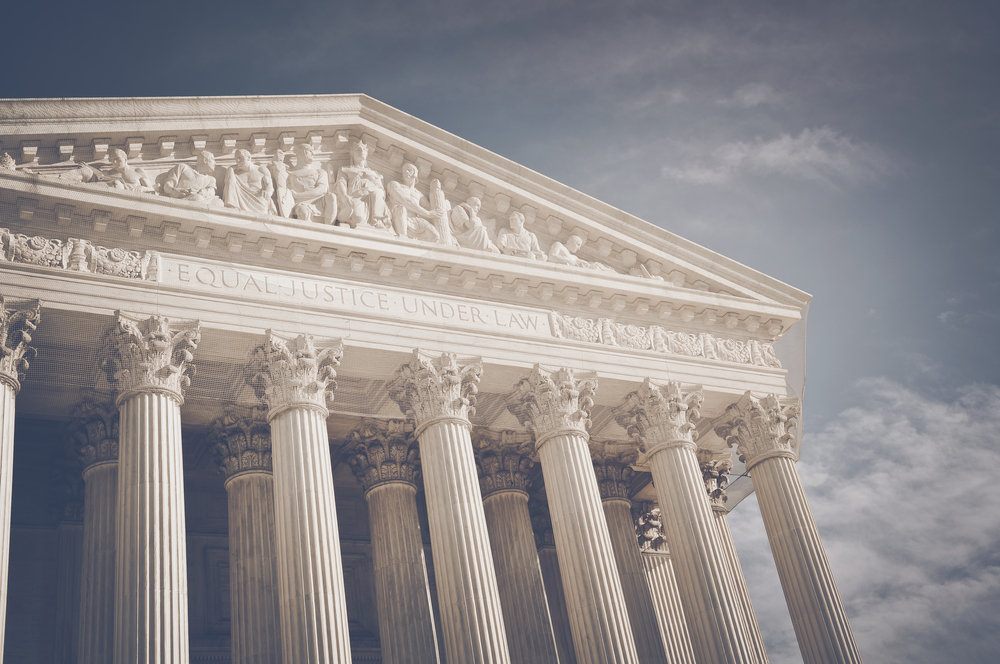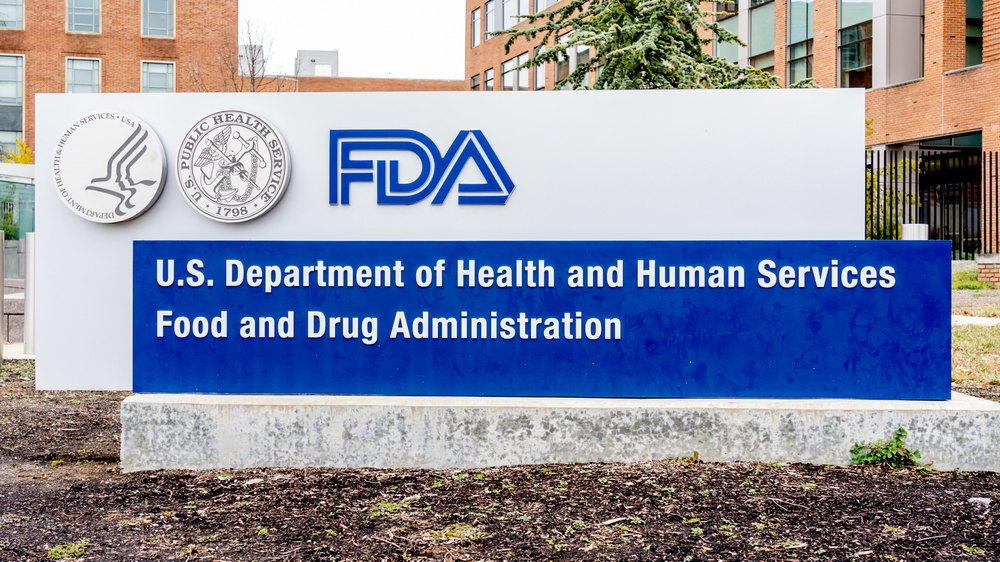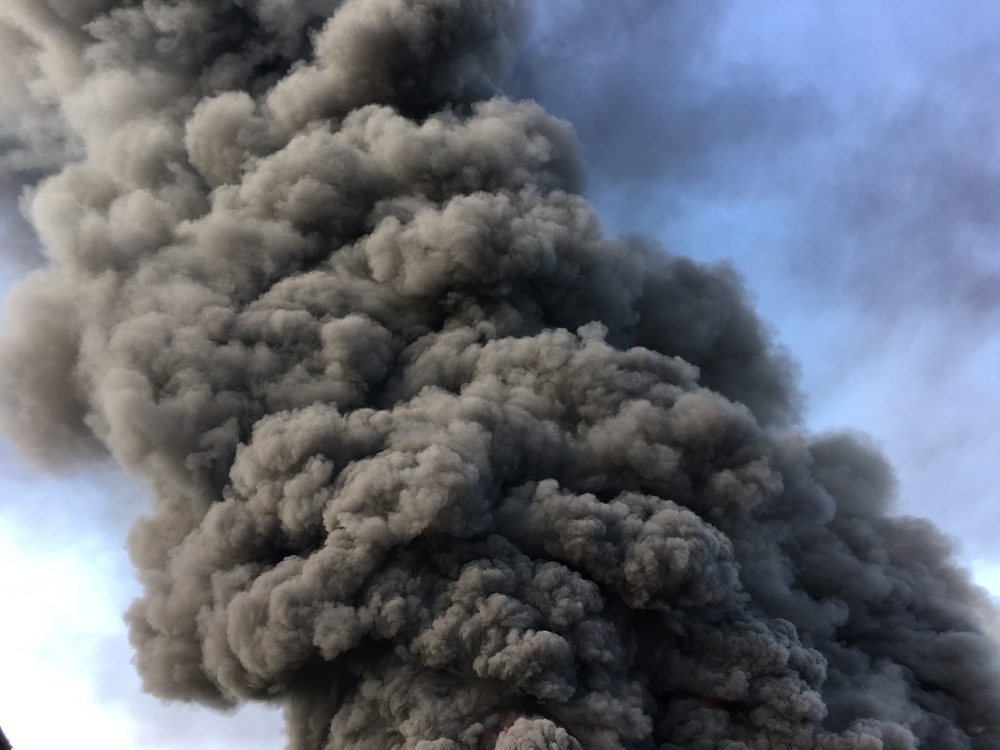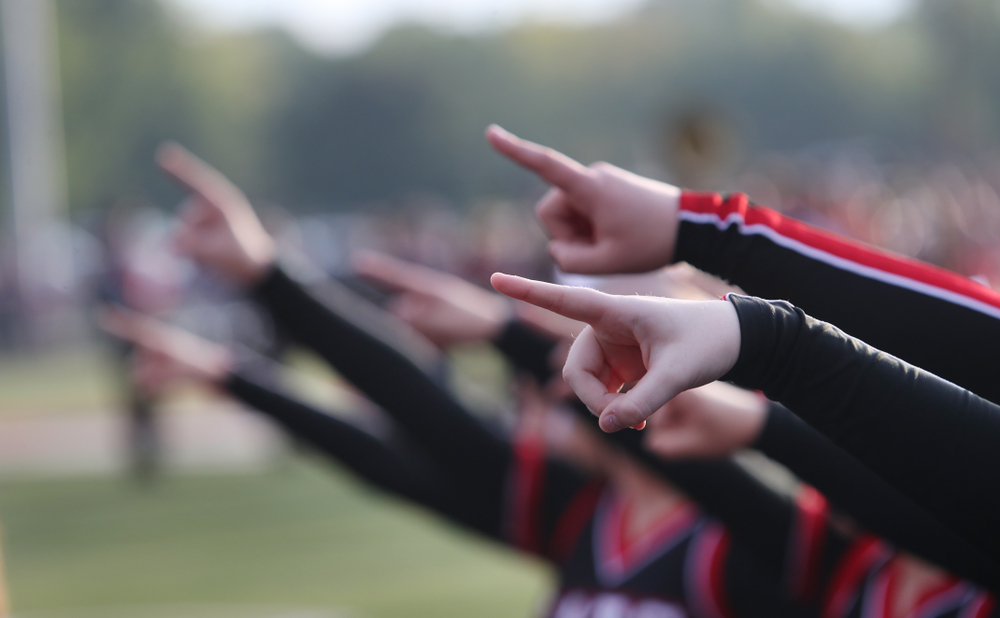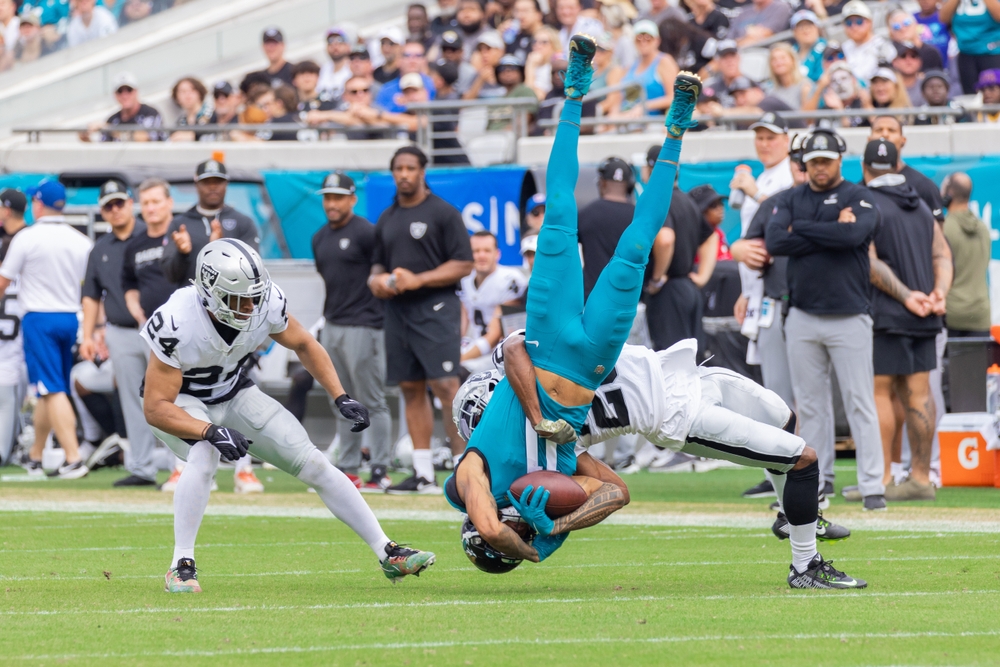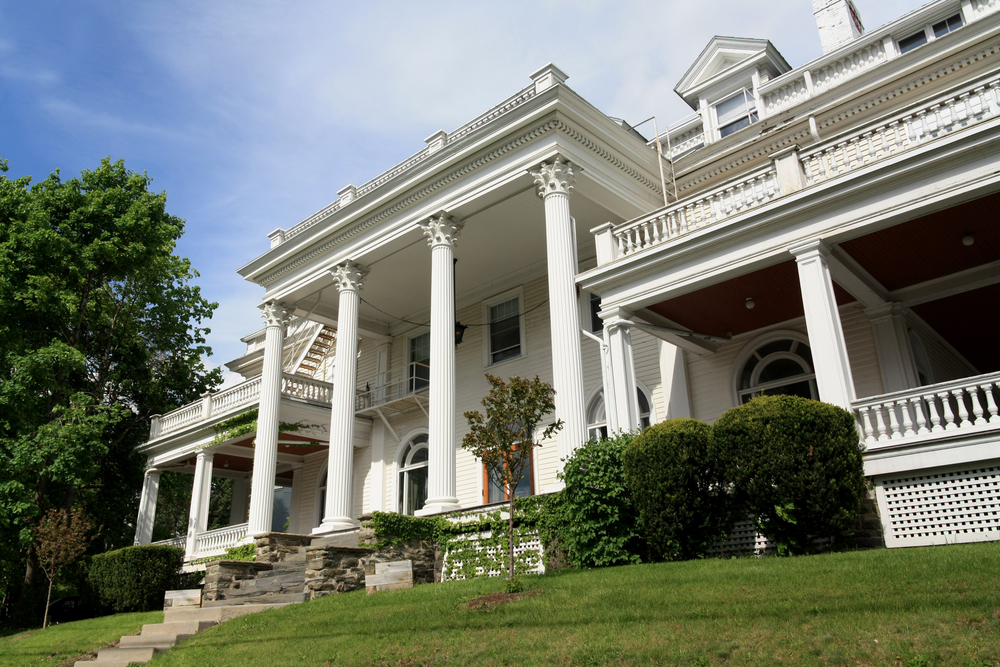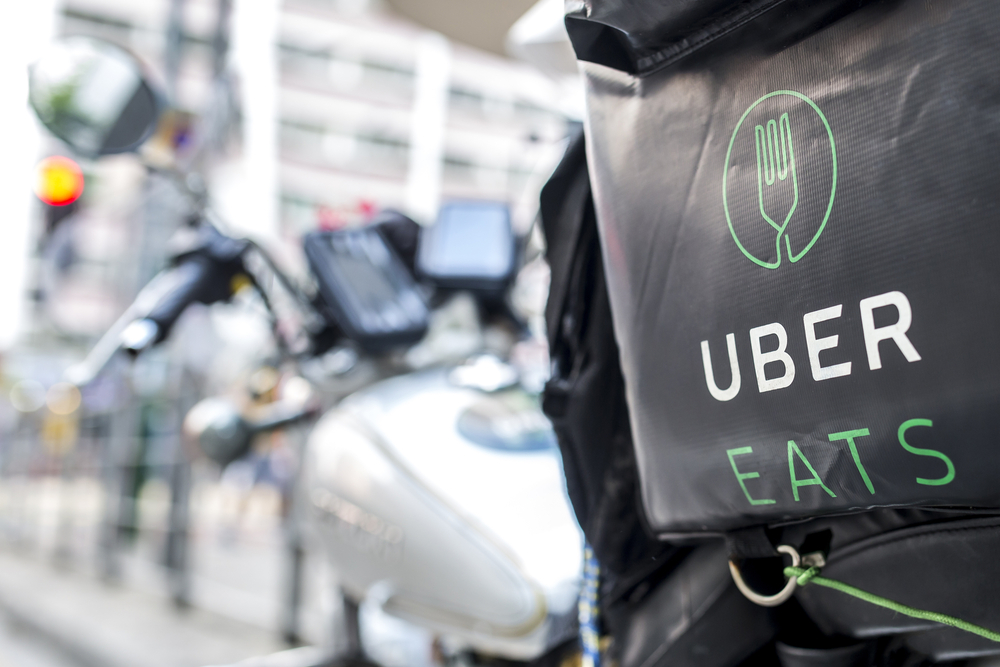Black, deaf Americans face extra obstacles when dealing with police
Janaee Cobbs pulled over on the side of Interstate 84 near the Idaho-Oregon border about 4 a.m. in March 2019. Two police officers approached and began questioning Cobbs, who is Black, as she kept her hands firmly planted on the steering wheel.
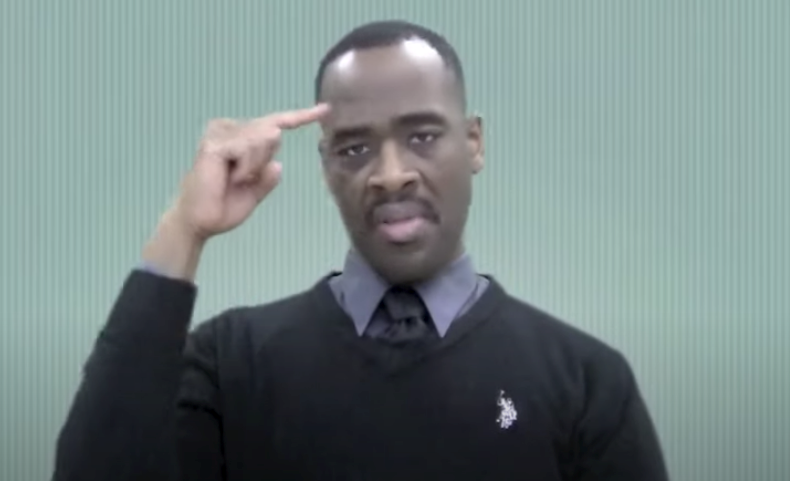
Her heart was thumping. The 29-year-old had never been pulled over before. Childhood warnings reverberated through her mind: Cobbs’ parents always had urged her to let adults communicate with law enforcement. Cobbs not only faces systemic racism as a Black person, but she also identifies as lesbian and deaf — and so she contends with an added plethora of institutional barriers when dealing with police.
Cobbs pointed to her ears and began communicating in American Sign Language (ASL), hoping the officers would realize she is deaf. But they continued to speak. Only after about three minutes did they appear to catch on, according to Cobbs’ recollection of the incident.
(Editor’s note: In the photo above, Joseph Hill, an associate professor at the National Technical Institute for the Deaf, demonstrates the sign for “Black.’’ The frame is from an American Sign Language Youtube video.)
Then through notes in written English, the police said they had received a call that Cobbs had stolen gasoline. Puzzled, Cobbs replied that she had stopped for gas minutes earlier, but hadn’t heard the clicking sound to signal a full tank. The teacher, who lives in the San Francisco Bay Area, noticed that liquid had spilled — so she cleaned it up before leaving, according to Cobbs.
The officers told her Oregon has laws against self-serve pumping, and asked her what she was doing in the state. They seemed to be “sizing me up,” Cobbs said in an interview. Frightened, Cobbs explained she was on a road trip and apologized for the confusion before she was allowed to go.
She drove home toward California on high alert, replaying the incident. She had grown to expect white people to call the cops on her. But she also knew she was lucky, because all too often, encounters between police and deaf and hard of hearing individuals end in violence.
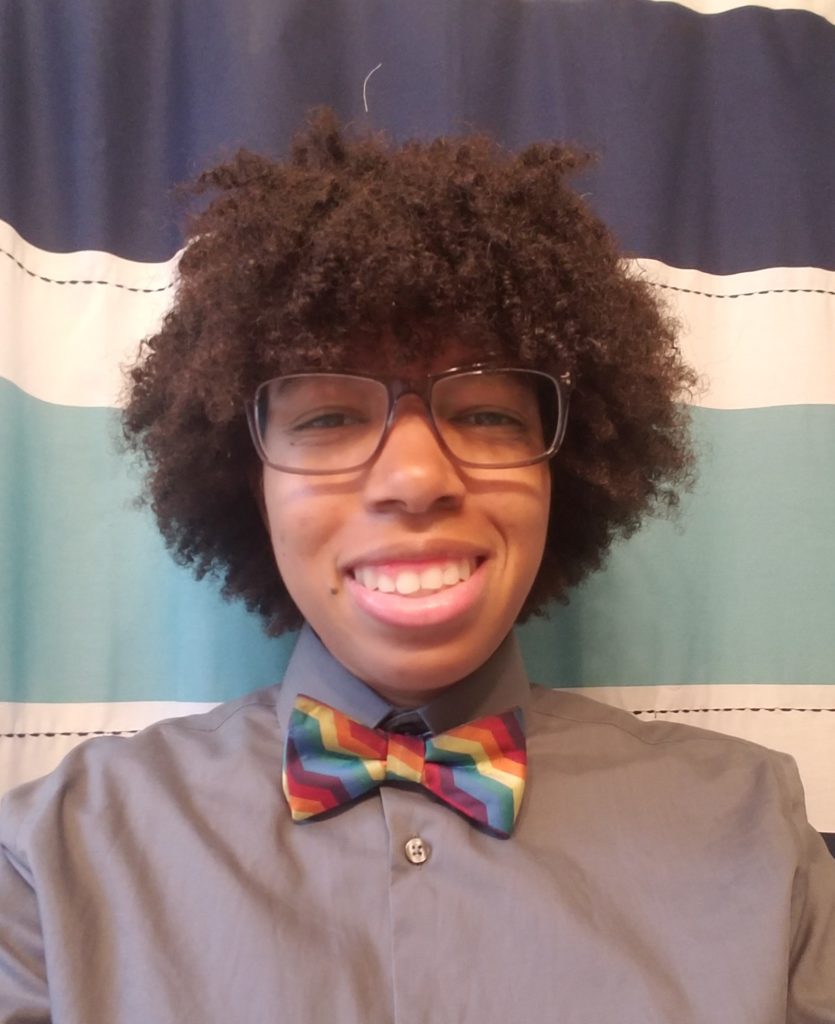
Cobbs is just one of the Black, deaf Americans who navigate a minefield of obstacles when dealing with police. (Experts say there is no reliable statistic tracking the number of Black, deaf individuals in the U.S.) Although the Americans With Disabilities Act requires officers to provide “reasonable accommodations” for deaf and hard of hearing people, experts say police often fail to recognize that a person cannot hear. As a result, deaf and hard of hearing people must worry about officers misinterpreting basic behaviors. Cops might assume people are reaching for a gun when they are reaching for a notepad, for example, or perceive rapid sign language as threatening movement and respond with force.
RELATED: Whole Foods employees sue over Black Lives Matter attire
RELATED: The George Floyd Case: The charges, the burden of proof and sentencing guidelines
“Any attempts to communicate with the police officer may be assumed as resisting arrest,” said Joseph Hill, an associate professor at the National Technical Institute for the Deaf, who is Black and deaf.
Officers may presume that deaf and hard of hearing people are defiant when they don’t respond to oral commands delivered outside of their line of sight. But they may not even be aware of an officer’s approach. There is “an assumption that a verbal warning is going to get a person’s attention,” said Elizabeth Waldrop, a certified ASL interpreter who uses they/them pronouns. “Our world functions from a hearing person’s point of view.”
This dynamic immediately puts deaf and hard of hearing people on the defensive, they said.
From the get-go, people like Cobbs must dissolve suspicion. She recalls the medley of concerns that sprung to mind during her Oregon stop: First, she didn’t reach for her license and registration to make it clear that she couldn’t hear orders the officers might be issuing. In addition, she communicated slowly to ensure her movements wouldn’t appear aggressive. She also feared the officers would mistake sign language for gang symbols because she’s Black, she said.
Hill echoes this sentiment: “(Police) first will see me as a Black person.”
Protections embedded in law
To be sure, deaf and hard of hearing people have legal protections. The ADA outlines the right to services — including an ASL interpreter, visual aids, a real-time captioner or other measures, depending on the person’s preference — to ensure “effective communication” during any interaction with law enforcement. The ADA also makes clear that it’s not an individual’s responsibility to provide those aids. But during impromptu stops, cops are unlikely to “call an interpreter to meet them on the side of the road,” Waldrop said.
Officers should — at a minimum — have common sense to recognize signals that somebody cannot hear so they can facilitate necessary supports, said Joseph Pollini, a retired member of the New York City Police Department who teaches at John Jay College of Criminal Justice. But at the same time, Pollini says he is not aware of ADA training that was standard procedure during his time on the force, nor of specific quotas, regular audits or other measures to monitor compliance.
This proficiency gap has led to deadly consequences. Helping Educate to Advance the Rights of Deaf Communities (HEARD), a nonprofit organization that supports multiply marginalized disabled/deaf people affected by incarceration, compiled a self-reported database of police violence against deaf people. Its contents tell an alarming story: Brett Elkins, a deaf teenager, was Tased by a Tennessee sheriff’s deputy because he couldn’t hear commands in 2019. Police shot and killed Madgel Sanchez, a deaf and intellectually disabled Indigenous man, in 2017. And police killed three deaf men in 2016 alone, according to HEARD’s database.
“It’s no surprise that it’s 2020, and it’s the same case over and over again,” said Leroy Moore, a Black activist with a physical disability who has been organizing around disability and race since the 1980s. He is a longtime writer for Poor Magazine, a publication that covers these issues.
Pollini said funding for more rigorous police training would go a long way, particularly ongoing refresher sessions. After all, the police academy lasts a mere six months. Officers could undergo ADA testing every few years to prove they can properly navigate encounters with deaf and hard of hearing people, he suggested, just as they must regularly requalify to use guns.
But Pollini argued that deaf and hard of hearing people have a role to play in their safety, as well: “It’s also their responsibility to know what to do if they’re stopped so they don’t cause undue problems.”
Many advocates would bristle at this sentiment — and rebut that it’s the cop’s job to accommodate those they serve, not the reverse. Even so, some deaf Americans expect this responsibility to fall to them. Hill, for one, doesn’t recall formal education about police interactions but said he would have benefitted from it. His grade school teachers rarely discussed dangers of being Black and deaf. “Black, deaf people don’t get ‘the talk’ like black hearing children,” he said.
Instead, insights primarily came from conversations with friends during his graduate studies at Gallaudet University, a school for deaf and hard of hearing students in Washington, D.C.. And as a professor, he participated in a workshop facilitated by HEARD that focused on knowing his rights in police custody.
Training aside, experts make clear that stemming systemic violence against Black, deaf communities won’t come through easy fixes. The solution isn’t just to hire more certified interpreters, or to hand officers a notepad and expect smooth sailing. For one, many deaf and hard of hearing people don’t communicate through ASL, Waldrop said. There’s also the fact that Black ASL is a different dialect of American Sign, yet white people make up nearly 90 percent of interpreters associated with the Registry of Interpreters for the Deaf, according to the organization’s Annual Report in 2017. What’s more, officers can’t expect deaf and hard of hearing people to read perfect English given that it’s not the first language for many people, Waldrop added.
When Cobbs hearkens back to that morning in Oregon, she’s reminded that her safety came down to putting the officers at ease. By now, she’s used to expectations that she conform to hearing norms — though these assumptions rarely go both ways.
“It shows how little they have in their heads when it comes to dealing with the diversity of people who may be different than them,” she said.








